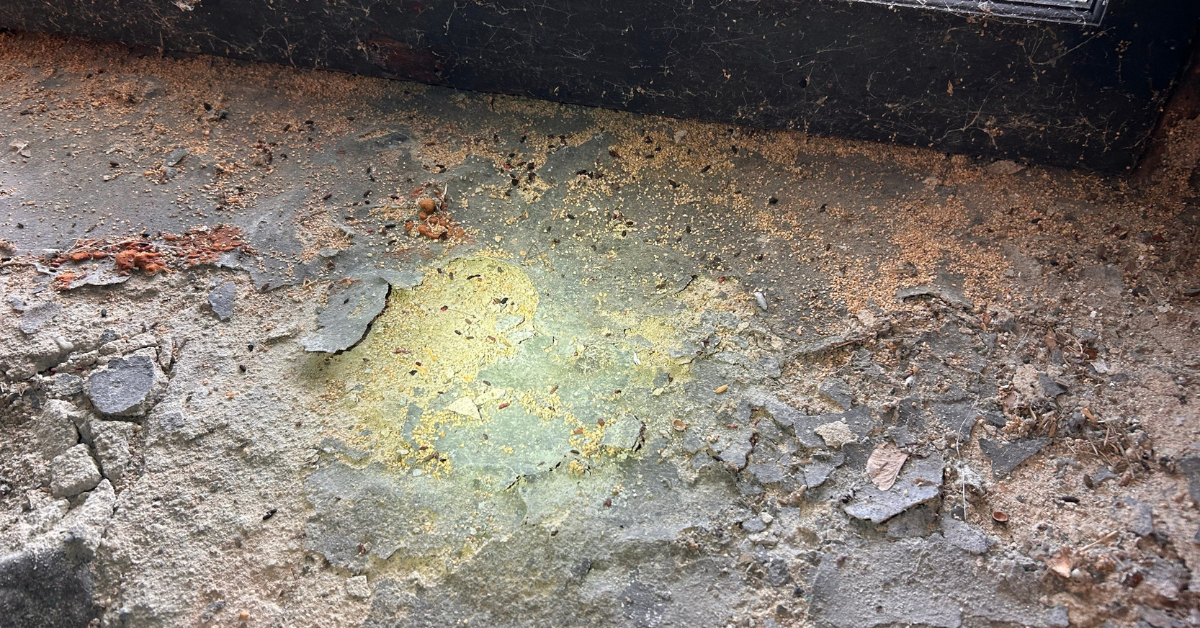Why are there more ants after my ant treatment?
As we say goodbye to cold winter days and hello to warm, humid weather, many Capital Region homeowners are noticing a less welcome sign of the season: ants. These tiny invaders become especially active in spring and summer, foraging for food and water in kitchens, patios, bathrooms, and basements. And while some are simply a nuisance, others—like carpenter ants—can be downright destructive.
If you’ve recently had your home treated for ants and are now seeing more of them, it can be alarming. But don’t worry—this increase in activity is completely normal and often a sign that the treatment is doing its job.
Common Ants Found in Upstate New York
Here in Albany and surrounding areas like Clifton Park, Saratoga, and Schroon Lake, some of the most commonly encountered ants include:
Each species behaves differently, and effective ant control requires identifying which type you’re dealing with—something our trained professionals at Thomas Pest Services are experts at.
Why Ant Activity May Increase After Treatment
After a professional ant control treatment, you may notice more ant activity, not less. It can feel frustrating—but this is actually a sign the treatment is working.
Here’s why:
Baits
Many ant treatments use bait, which is intentionally designed to attract ants, not repel them. Worker ants collect the bait and bring it back to the colony, where it’s shared with the queen and other colony members. During this process, you may notice an increase in activity as ants travel between the bait and the nest. This movement is a sign that the bait is being accepted and is spreading where it needs to go.
Liquid Applications
Liquid treatments work both on contact and as a residual barrier. They don’t repel ants—so when ants walk through treated areas, they pick up the product and carry it back to the colony. This helps eliminate ants at the source over time. You may see more ants as they move through these areas, which is a normal part of the process.
Dust Treatments
In some cases, especially in wall voids or hidden nesting sites, a professional may apply dust products. These fine powders cling to ants as they pass through treated areas, and are then transferred to other ants in the colony. While you may not see the dust in action, it’s working behind the scenes to spread the treatment throughout the population.
Patience is key. While it may seem like things are getting worse, this increase in activity means the treatment is disrupting the colony from the inside out.
What to Do (and Not Do) After Your Ant Treatment
Your actions after treatment can directly impact how successful it is. To help the process along, here are a few do’s and don’ts:
DO:
-
Be patient. Ant control takes time—up to 28 days in some cases.
-
Keep areas clean. Wipe up food crumbs and store items in sealed containers.
-
Remove outdoor attractants. Get rid of woodpiles, stumps, and overgrown vegetation near your home.
-
Trim shrubs and trees. Keep branches away from the house to reduce access points.
DON’T:
-
Don’t spray store-bought insecticides. These products are repellents and can interfere with bait effectiveness.
-
Don’t kill the ants you see. Let them carry the bait back to the colony—this is essential to reaching the queen.
-
Don’t clean treated areas. Avoid mopping, wiping, or disrupting ant trails near baseboards, window sills, or other treated surfaces.
-
Don’t place food near bait stations. Competing food sources can reduce the effectiveness of the bait.
How Thomas Pest Services Helps with Long-Term Ant Control
At Thomas Pest Services, we understand how frustrating and persistent ant problems can be. That’s why our ant control treatments are designed to address both the ants you see and the ones you don’t.
Our Complete Care Program offers:
-
Year-round protection from ants and other common household pests
-
Seasonal inspections and treatments to target activity when it’s most active
-
Ongoing support from licensed technicians who know the habits of ants in the Capital Region and Hudson Valley.
If you’ve waited the recommended 28-day period and are still seeing activity, give us a call. Ant control is a process, and sometimes additional visits are needed to fully eliminate the colony.
Need Help with Ants in the Capital Region?
Whether you're dealing with carpenter ants, odorous house ants, or another species, Thomas Pest Services has the tools, training, and experience to solve the problem for good. Contact us today to schedule your inspection and let our team help you take back your home—ant-free.


.png)
.png)
